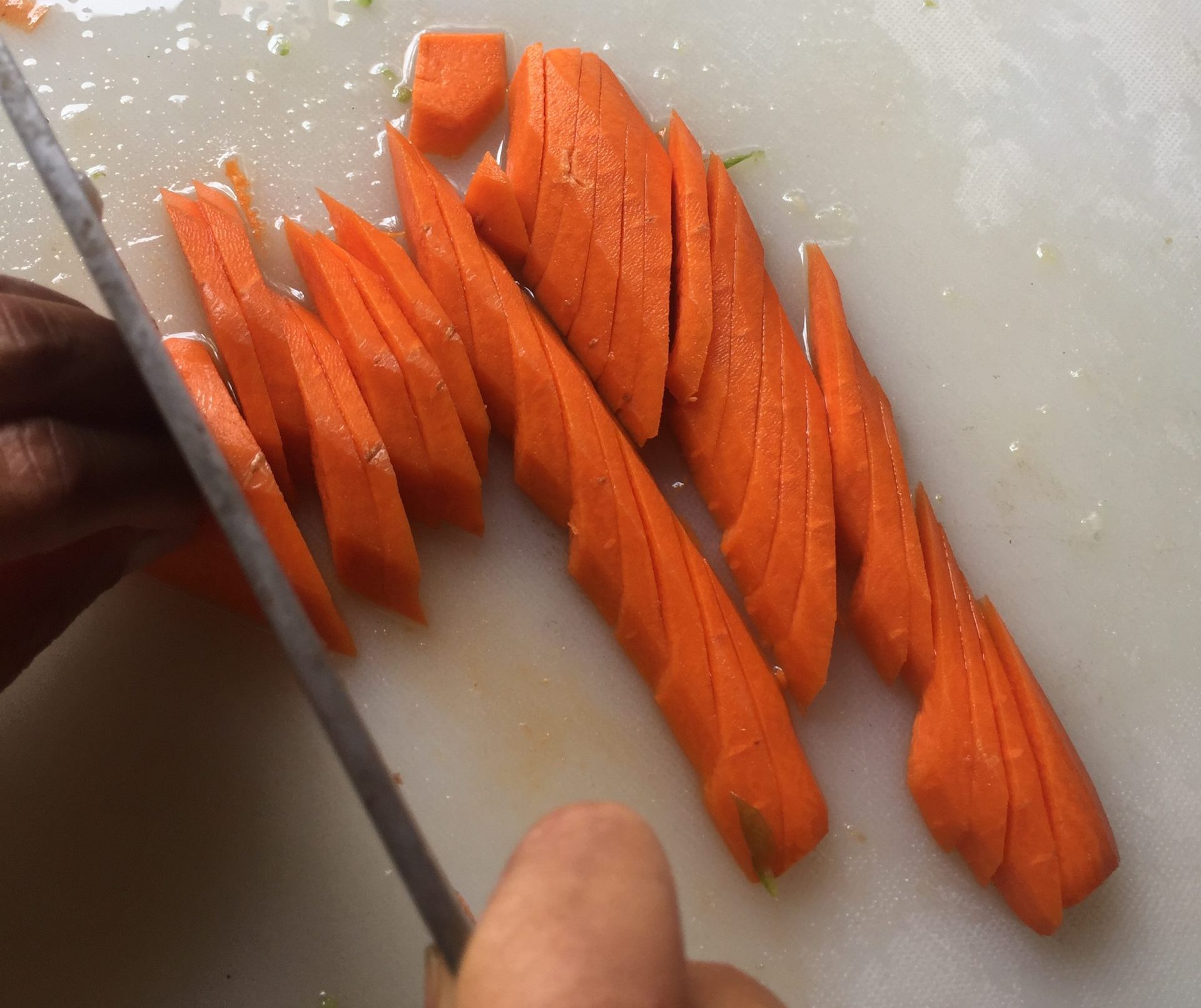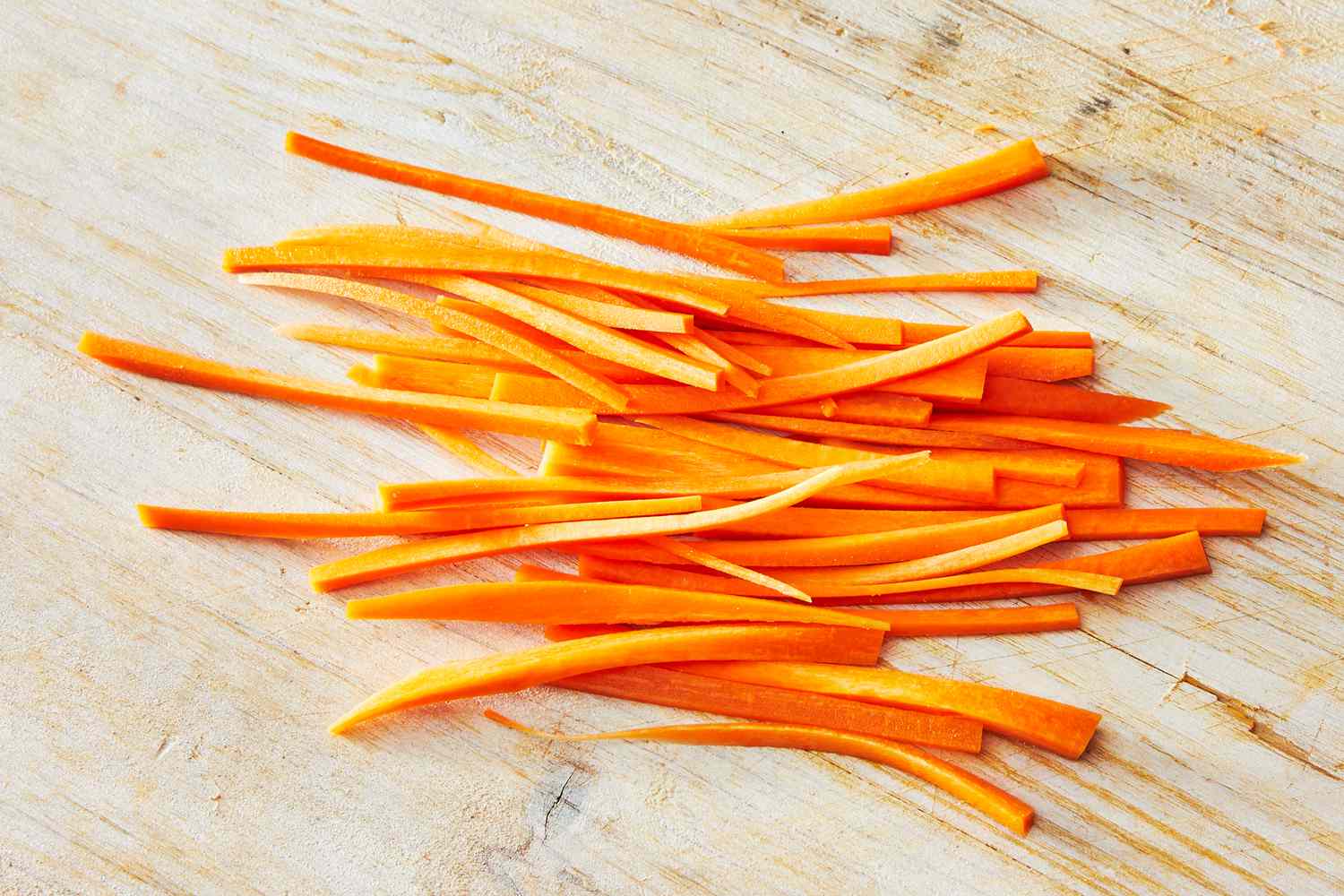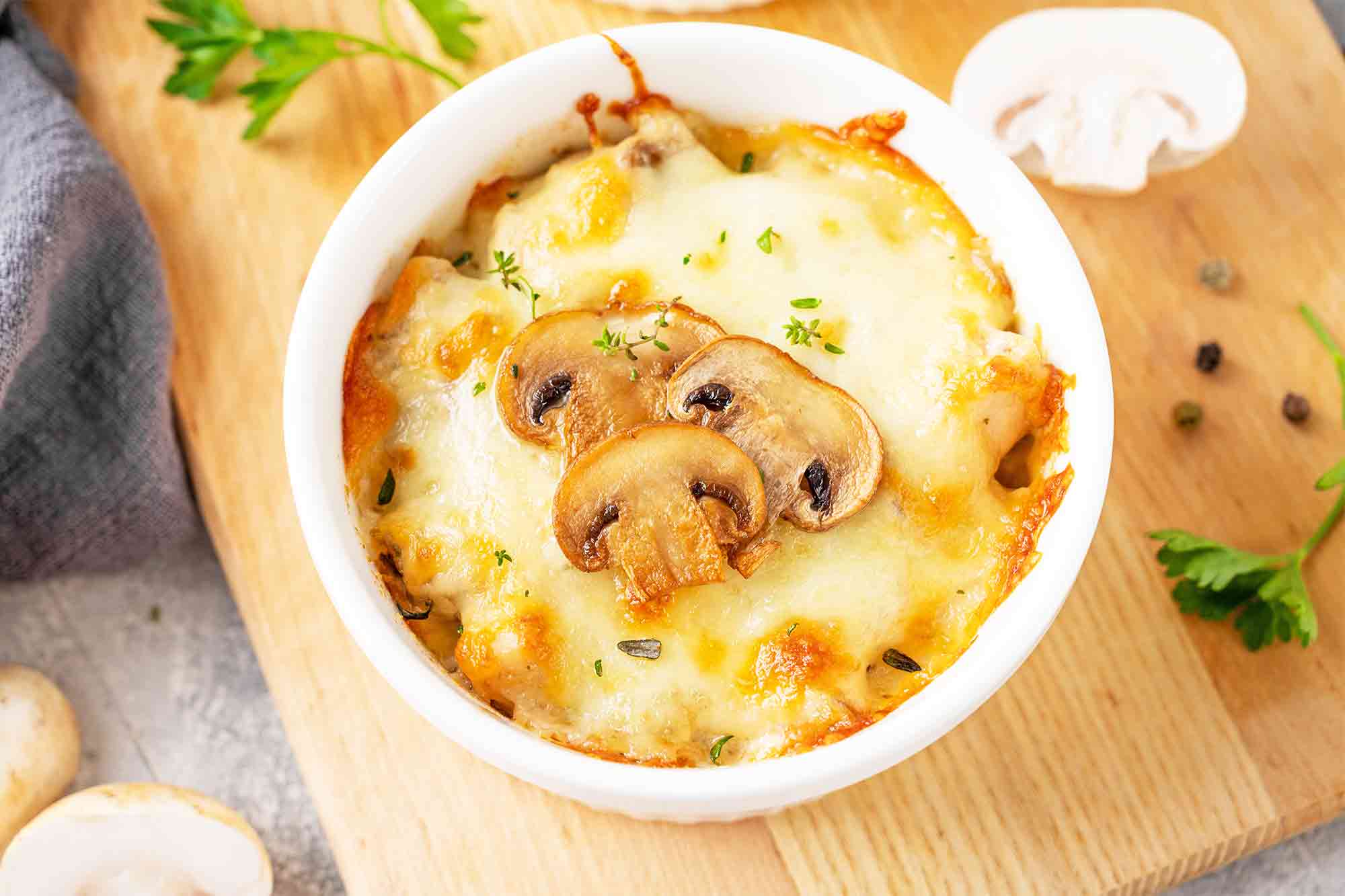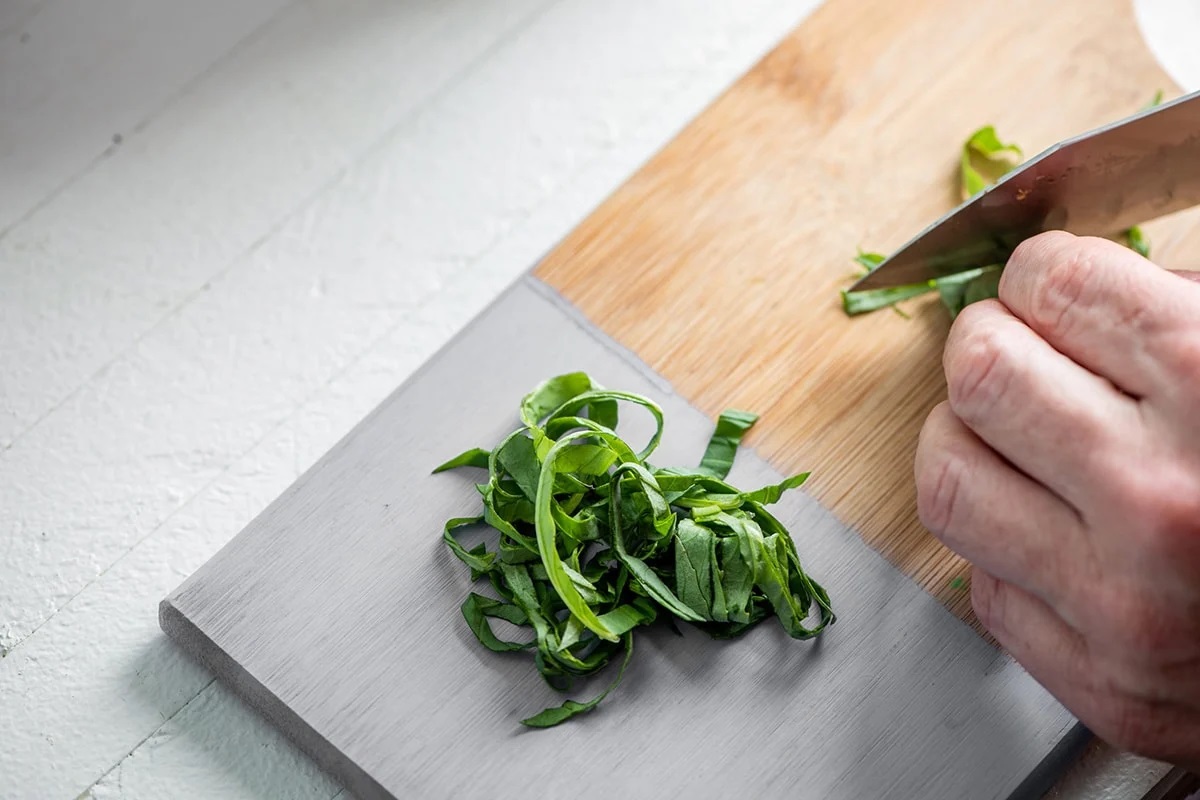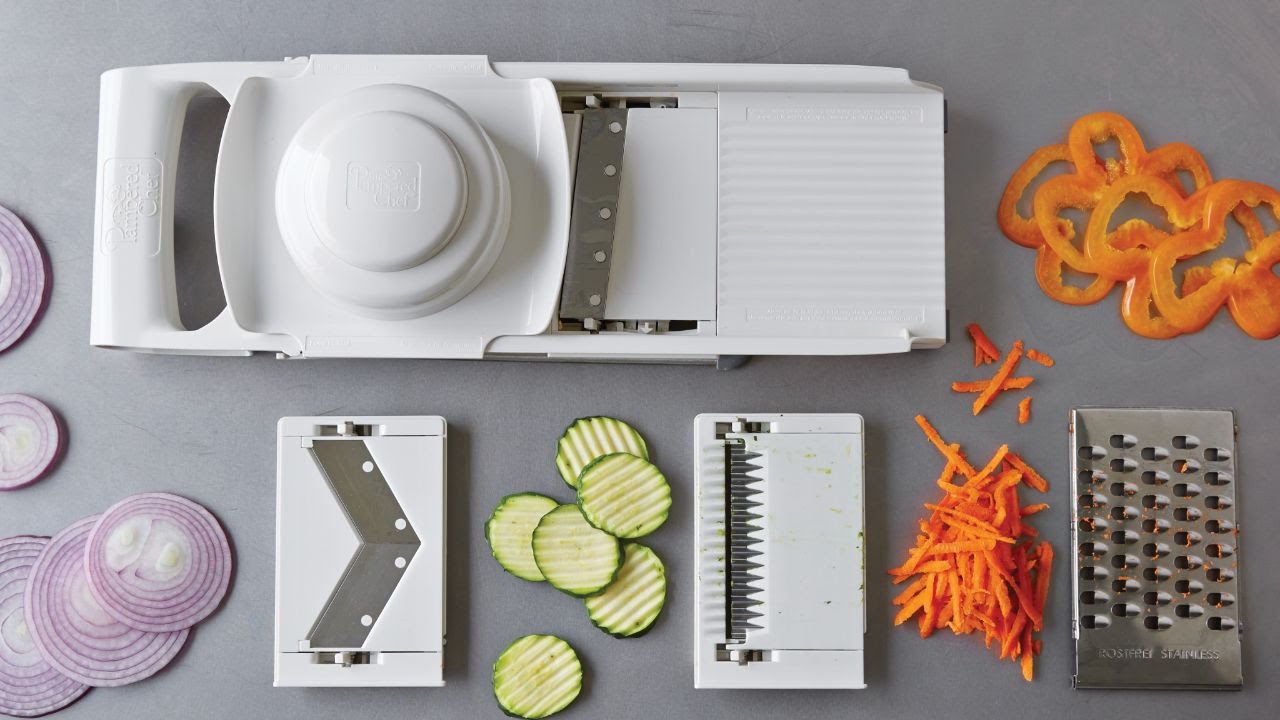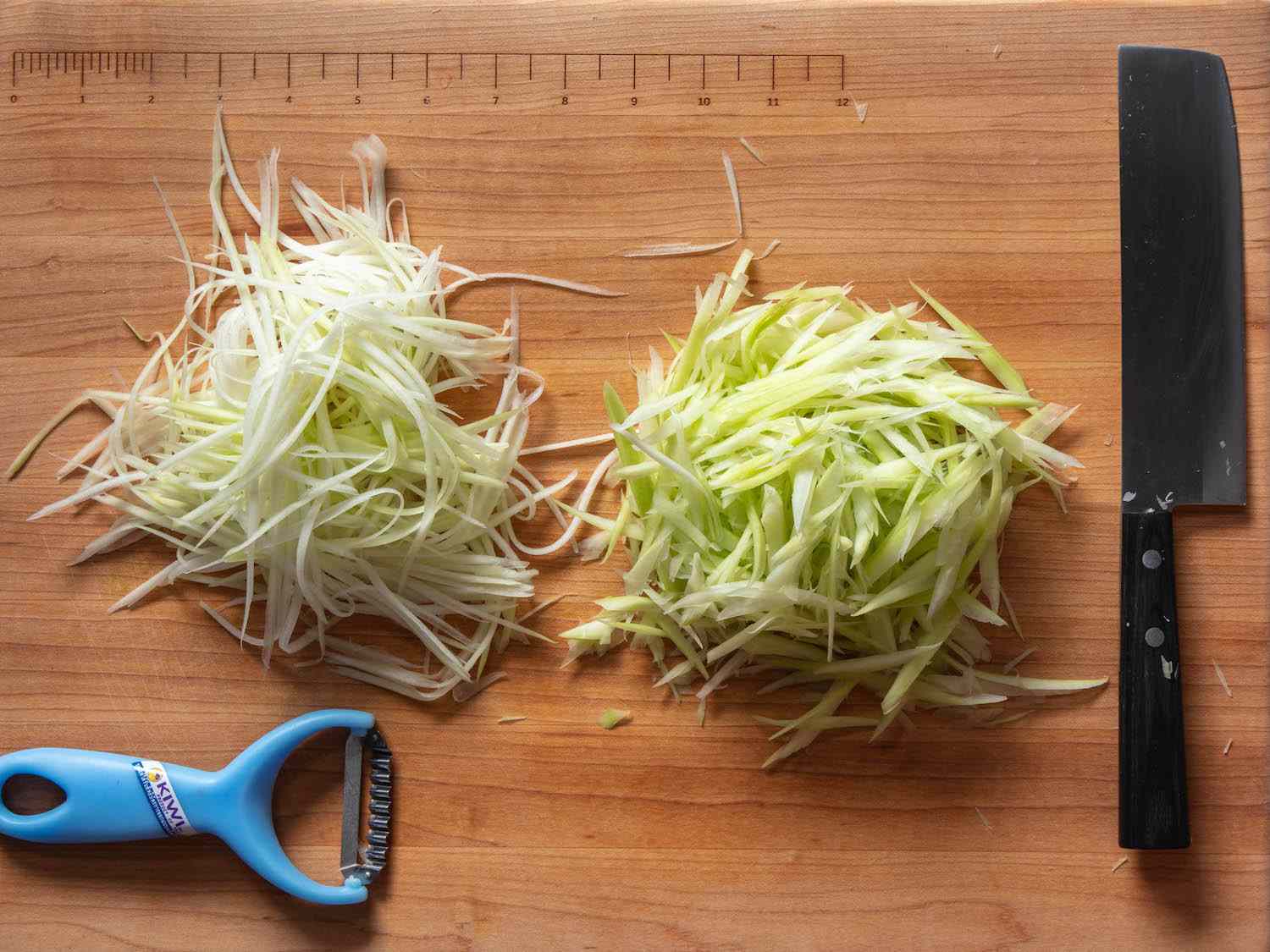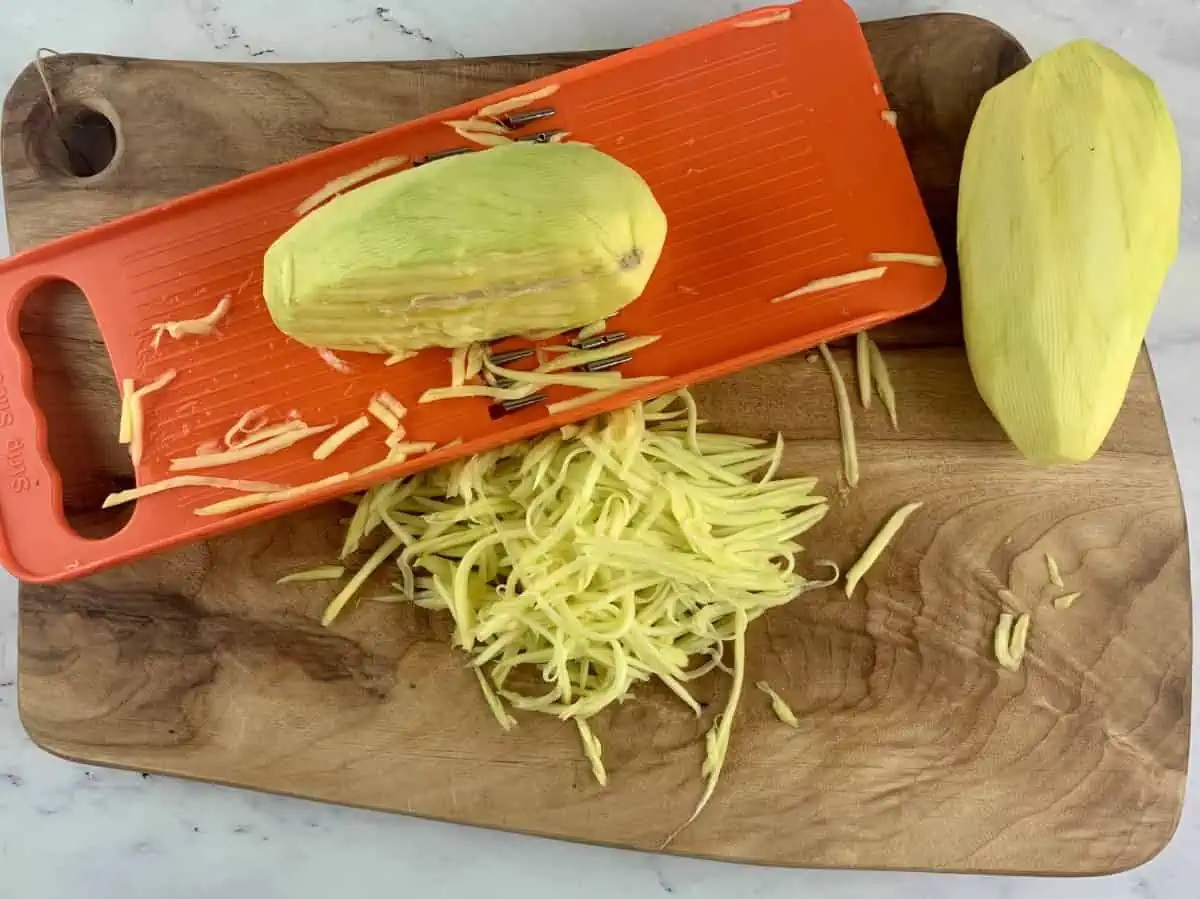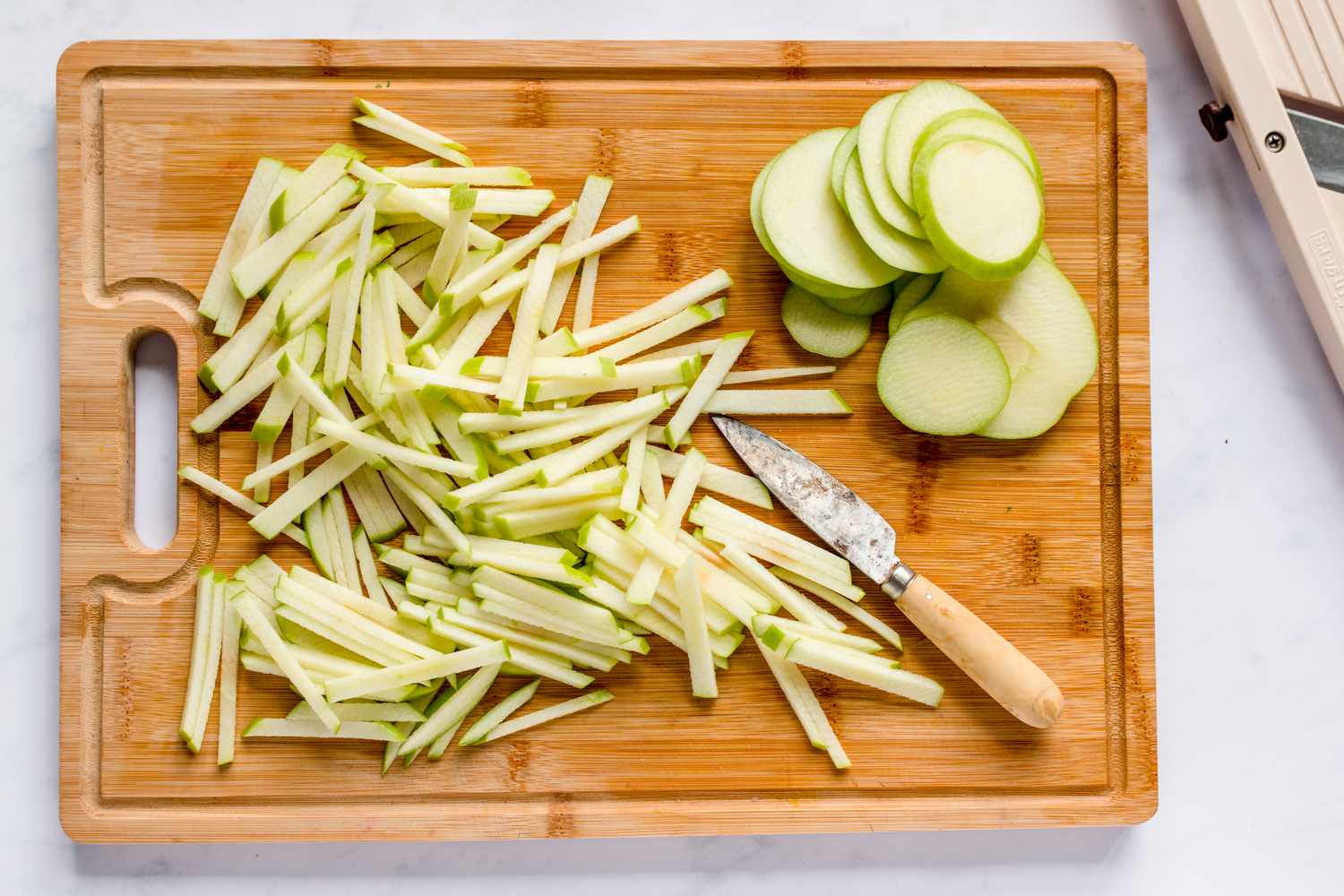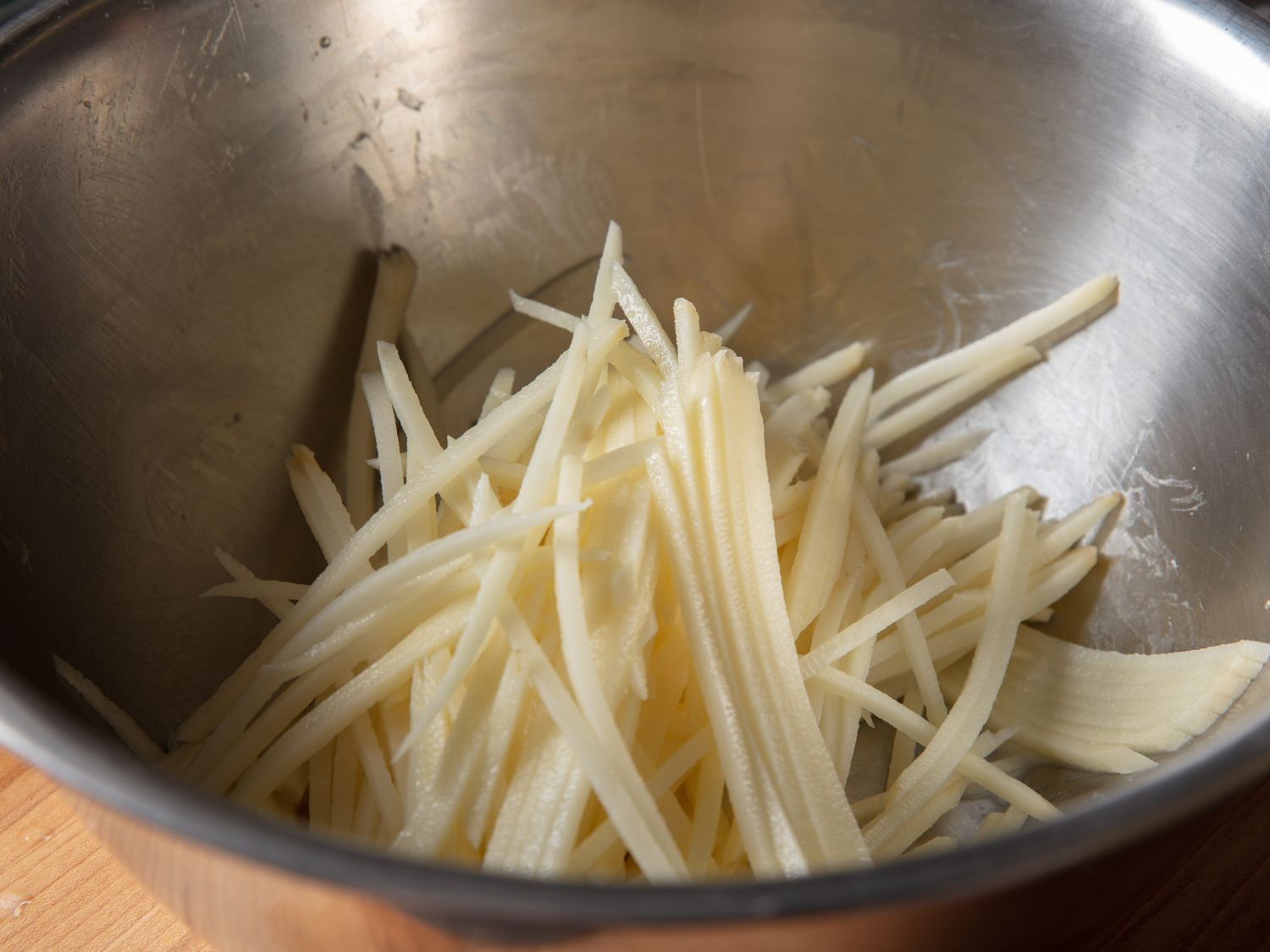Mastering the Art of Julienne: A Guide to Preparing Eggplant
Julienning an eggplant is a culinary skill that can elevate your dishes to new heights. Whether you’re looking to add a touch of elegance to a stir-fry or create a stunning presentation for a vegetable platter, knowing how to julienne an eggplant is a valuable technique for any home cook or professional chef. In this guide, we’ll walk you through the steps to achieve perfect julienne cuts with an eggplant, along with tips for incorporating this versatile ingredient into your favorite recipes.
Choosing the Right Eggplant
Before you begin julienning an eggplant, it’s important to select the right one for the job. Look for an eggplant that is firm, with smooth, shiny skin and no visible blemishes. The size of the eggplant is also a consideration, as smaller eggplants tend to have fewer seeds and a milder flavor, making them ideal for julienne cuts.
Preparing the Eggplant
Start by washing the eggplant under running water and patting it dry with a clean kitchen towel. Next, trim off the stem end and the tip of the eggplant. If you prefer, you can peel the skin off the eggplant, but it’s not necessary for julienning. Once the eggplant is prepped, it’s ready to be cut into julienne strips.
Julienning the Eggplant
Follow these steps to julienne an eggplant like a pro:
- Cut the Eggplant into Planks: Place the eggplant on a cutting board and slice it lengthwise into 1/4-inch thick planks using a sharp knife.
- Cut the Planks into Strips: Stack the planks on top of each other and cut them lengthwise again to create 1/4-inch wide strips, resulting in julienne cuts.
As you julienne the eggplant, maintain a steady grip on the knife and work with deliberate, even strokes to ensure uniform cuts. The resulting julienne strips should be long, thin, and uniform in size, perfect for incorporating into a variety of dishes.
Using Julienne Eggplant in Recipes
Once you’ve mastered the art of julienning an eggplant, the possibilities for using this versatile ingredient are endless. Consider incorporating julienne eggplant into the following dishes:
- Stir-fries and Curries: Add julienne eggplant to your favorite stir-fry or curry for a pop of color and flavor.
- Ratatouille: Use julienne eggplant in this classic French dish for a beautiful presentation and delicious taste.
- Vegetable Noodle Dishes: Substitute julienne eggplant for traditional noodles in dishes like pad thai or vegetable lo mein for a healthy twist.
- Grilled Vegetable Platters: Grill julienne eggplant alongside other vegetables for a stunning and flavorful side dish.
Experiment with different cooking methods and flavor combinations to make the most of your julienne eggplant, and don’t be afraid to get creative in the kitchen!
Conclusion
Learning how to julienne an eggplant is a valuable skill that opens up a world of culinary possibilities. With the right technique and a bit of creativity, you can use julienne eggplant to enhance a wide range of dishes, from stir-fries to vegetable platters. So, next time you’re in the kitchen, grab an eggplant and practice your julienne cuts – you’ll be amazed at the beautiful and delicious results!
For those eager to put their julienned eggplant skills to the test, there's a variety of recipes to try. The Spicy Eggplant Stir-Fry is a quick and flavorful option, perfect for a weeknight dinner. If you're in the mood for comfort food, the Eggplant Parmesan offers a cheesy, satisfying meal. The Mediterranean Eggplant Salad provides a fresh and light alternative, ideal for a healthy lunch. For those craving something hearty, the Eggplant and Mushroom Risotto is a rich and creamy dish that's sure to impress. Lastly, the Eggplant Tacos bring a fun twist to taco night, with a delicious blend of textures and flavors.
